Madagascar, the world’s fourth-largest island, is the only natural habitat where lemurs exist in the wild. These unique primates, with their distinctive appearance and behaviors, have evolved in isolation for millions of years, resulting in an incredible diversity of species. For wildlife enthusiasts and nature lovers, spotting lemurs in their natural environment is an unforgettable experience that combines adventure, conservation awareness, and the thrill of witnessing some of Earth’s most unique creatures. This comprehensive guide explores the best islands and locations in Madagascar where you can observe different lemur species, the optimal times to visit, conservation efforts, and practical tips for a successful lemur-spotting expedition.
Madagascar: The Lemur Kingdom
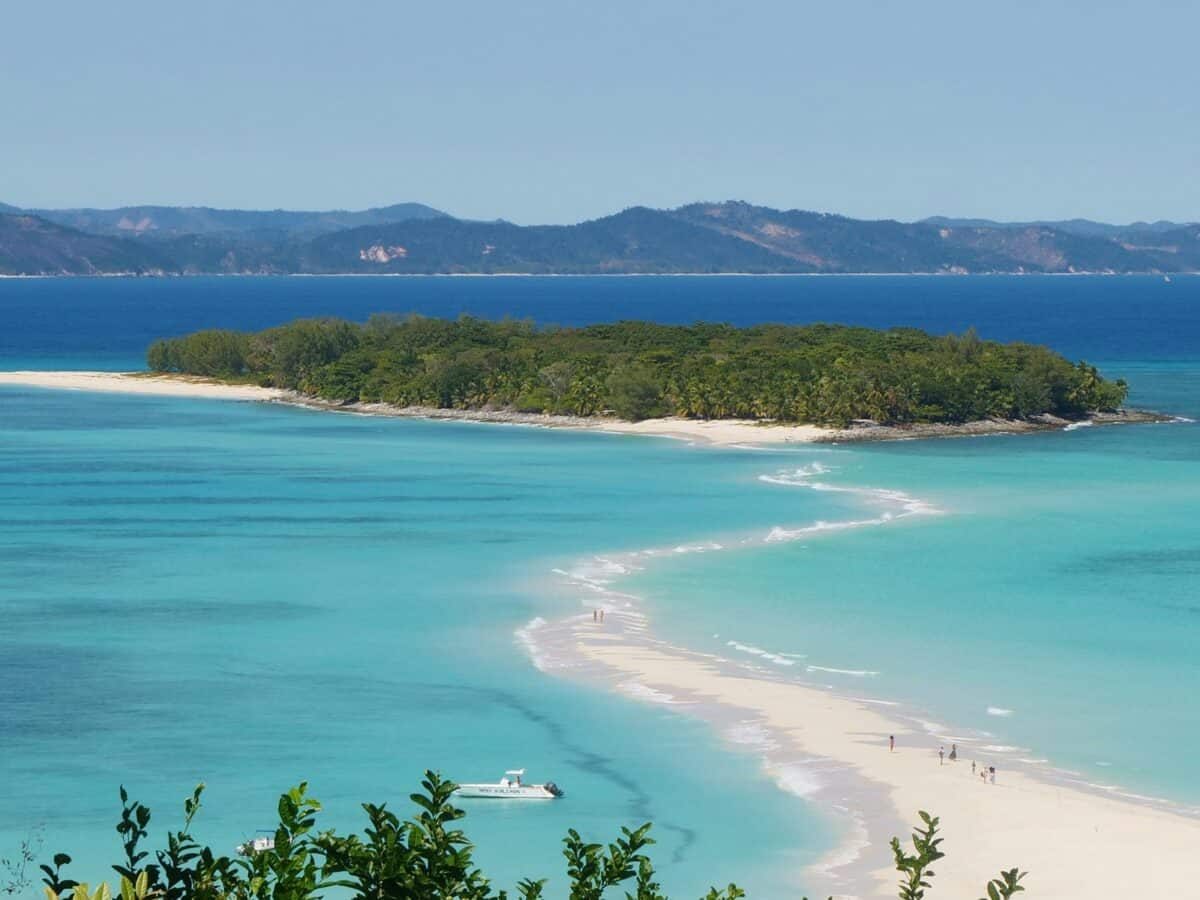
Madagascar separated from mainland Africa approximately 160 million years ago, allowing its wildlife to evolve in isolation. This geographic separation created the perfect conditions for lemurs to diversify into over 100 species and subspecies, ranging from the tiny mouse lemur weighing just 30 grams to the indri, which can weigh up to 9.5 kg. Remarkably, every single lemur species is endemic to Madagascar, meaning they exist nowhere else on Earth in the wild.
The island’s diverse ecosystems, from rainforests to dry deciduous forests and spiny deserts, have enabled lemurs to adapt to various ecological niches. Unfortunately, habitat destruction through deforestation, slash-and-burn agriculture, and illegal hunting have placed 98% of lemur species at risk of extinction, making conservation efforts critical and responsible tourism an important component of protecting these fascinating primates.
Nosy Mangabe: The Black-and-White Ruffed Lemur Haven
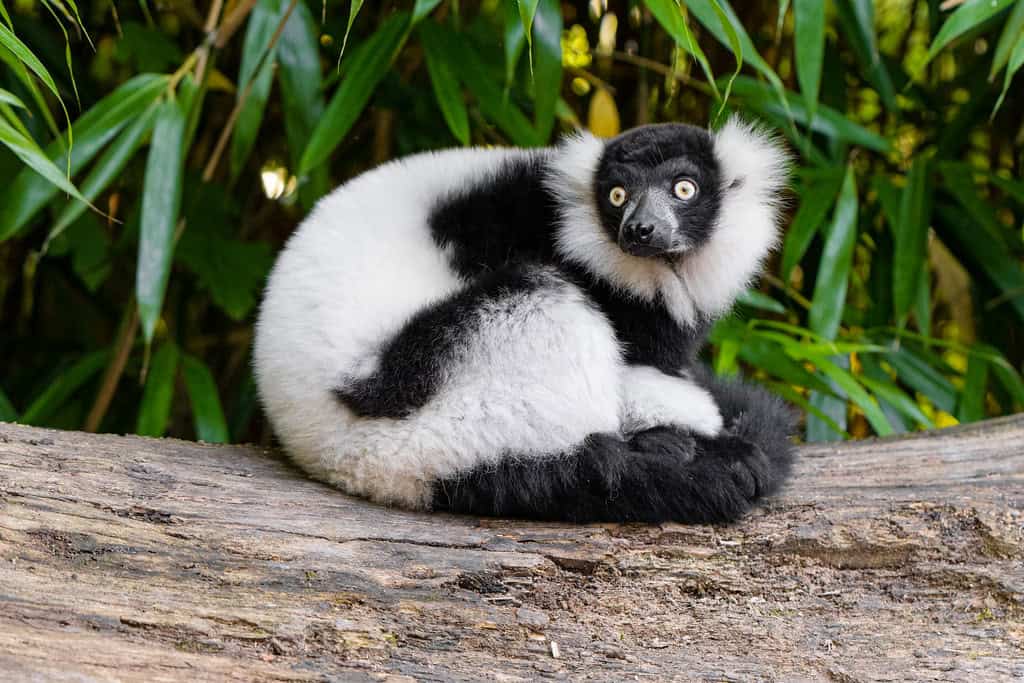
Nosy Mangabe, a small, densely forested island reserve in the Bay of Antongil off Madagascar’s northeastern coast, is one of the best locations to spot the critically endangered black-and-white ruffed lemur (Varecia variegata). This 520-hectare special reserve is accessible only by boat from Maroantsetra and features pristine rainforest habitat. The black-and-white ruffed lemurs are among the most vocal lemurs, with distinctive calls that can be heard throughout the forest.
Their diet consists primarily of fruits, making them important seed dispersers in the ecosystem. Visiting during the dry season (April to November) offers the best viewing opportunities, though the island’s high rainfall means visitors should be prepared for showers year-round. Beyond lemurs, Nosy Mangabe is home to leaf-tailed geckos, chameleons, and numerous bird species, making it a biodiversity hotspot worth exploring with experienced local guides.
Nosy Boraha (Île Sainte-Marie): White-Fronted Brown Lemur Territory

Nosy Boraha, formerly known as Île Sainte-Marie, is a slender island off Madagascar’s eastern coast with a unique appeal for wildlife enthusiasts. This island is renowned for its population of white-fronted brown lemurs (Eulemur albifrons), which can be observed in the remaining forest fragments and protected areas. Unlike mainland Madagascar, Nosy Boraha offers a more relaxed atmosphere for lemur viewing, with less crowded conditions and sometimes more approachable animals.
The island combines wildlife viewing with historical attractions, including a pirate cemetery and colonial architecture. The best time to visit is between July and December, which not only provides good lemur-viewing conditions but also coincides with the humpback whale migration season, offering visitors a dual wildlife experience. Several eco-lodges on the island work with local guides who are knowledgeable about lemur habitats and behavior, enhancing the chances of successful sightings while promoting sustainable tourism practices.
Nosy Be: Home to the Black Lemur

Nosy Be, often referred to as “Perfume Island” due to its ylang-ylang, vanilla, and spice plantations, is Madagascar’s premier tourist destination and offers excellent opportunities to observe black lemurs (Eulemur macaco). The Lokobe National Park, a protected rainforest reserve on the southeastern part of the island, is the primary habitat for these lemurs. Male black lemurs feature distinctive all-black fur, while females display a rich reddish-brown coat with white ear tufts, making them one of the few primate species with such pronounced sexual dimorphism.
Beyond Lokobe, several smaller forest reserves and private sanctuaries around Nosy Be provide additional viewing opportunities. The island’s well-developed tourism infrastructure makes it more accessible than other lemur-spotting destinations, with options ranging from luxury resorts to budget accommodations. The dry season from April to November offers the most comfortable conditions for forest exploration, though lemurs can be observed year-round. Visitors to Nosy Be can combine lemur watching with other activities such as snorkeling, diving, and exploring neighboring islands like Nosy Komba, which also hosts lemur populations.
Nosy Komba: The Macaco Lemur Island

Situated between Nosy Be and mainland Madagascar, Nosy Komba (also known as Lemur Island) has earned its nickname due to its healthy population of black lemurs, locally called “macaco.” This volcanic island features no roads or vehicles, creating a peaceful environment where nature takes center stage. Unlike some of the more remote lemur habitats, the black lemurs on Nosy Komba have become relatively habituated to human presence, making close encounters more likely. Visitors can take guided walks through the forest where these charismatic primates often approach in search of fruit offerings.
While this provides exceptional photo opportunities, responsible visitors should follow guide instructions regarding appropriate interaction. Beyond lemurs, the island is known for its traditional Malagasy villages where locals create intricate embroidery and woodcarvings. The island can be visited year-round, though the April to November period offers the most pleasant weather conditions. A day trip from Nosy Be is the most common way to experience Nosy Komba, though simple accommodations are available for those wishing to stay longer and experience the island’s tranquil atmosphere after day visitors depart.
Masoala Peninsula: Diversity of Lemur Species

The Masoala Peninsula, while not technically an island, deserves mention as it hosts one of Madagascar’s most pristine rainforests and borders several important lemur-spotting islands. The Masoala National Park, Madagascar’s largest protected area, encompasses 230,000 hectares of rainforest and provides habitat for ten lemur species, including the rare red-ruffed lemur (Varecia rubra) found exclusively in this region. The peninsula’s varied ecosystems, from coastal rainforest to higher elevation habitats, support different lemur species at various altitudes. The red-ruffed lemur inhabits the canopy of primary rainforest, while white-fronted brown lemurs and eastern woolly lemurs are found in mid-canopy levels.
Nocturnal species such as the eastern avahi and mouse lemurs can be spotted during night walks with experienced guides. The peninsula receives heavy rainfall, with the relatively drier period from September to December offering the most comfortable conditions for trekking. The remoteness of Masoala means facilities are basic but authentic, with several eco-lodges providing access to dedicated forest trails. For island-hopping lemur enthusiasts, Masoala serves as an excellent mainland complement to nearby Nosy Mangabe, with boat transfers available between these biodiversity hotspots.
Anjajavy Private Reserve: The Dancing Sifaka

Located on Madagascar’s northwestern coast, the Anjajavy Private Reserve occupies a 450-hectare peninsula that effectively functions as an island ecosystem due to its isolation from surrounding areas. This reserve is one of the best places to observe the Coquerel’s sifaka (Propithecus coquereli), famous for its distinctive sideways dancing locomotion when moving on the ground. The reserve protects dry deciduous forest, mangroves, and tsingy limestone formations, creating diverse habitats for multiple lemur species including the common brown lemur and the nocturnal sportive lemur. Anjajavy provides a more exclusive lemur-watching experience due to its operation as a private reserve with limited visitor numbers.
The reserve’s conservation programs include habitat restoration and community involvement, demonstrating how sustainable tourism can support lemur conservation. The best viewing period is during the dry season from April to November when lemurs are more active in visible locations. The reserve is accessible by light aircraft from Antananarivo or Nosy Be, with the high-end Anjajavy Lodge being the primary accommodation option. This location offers the rare combination of luxury facilities alongside authentic wilderness experiences and genuine conservation initiatives.
Nosy Tanikely Marine Reserve: Lemurs by the Beach
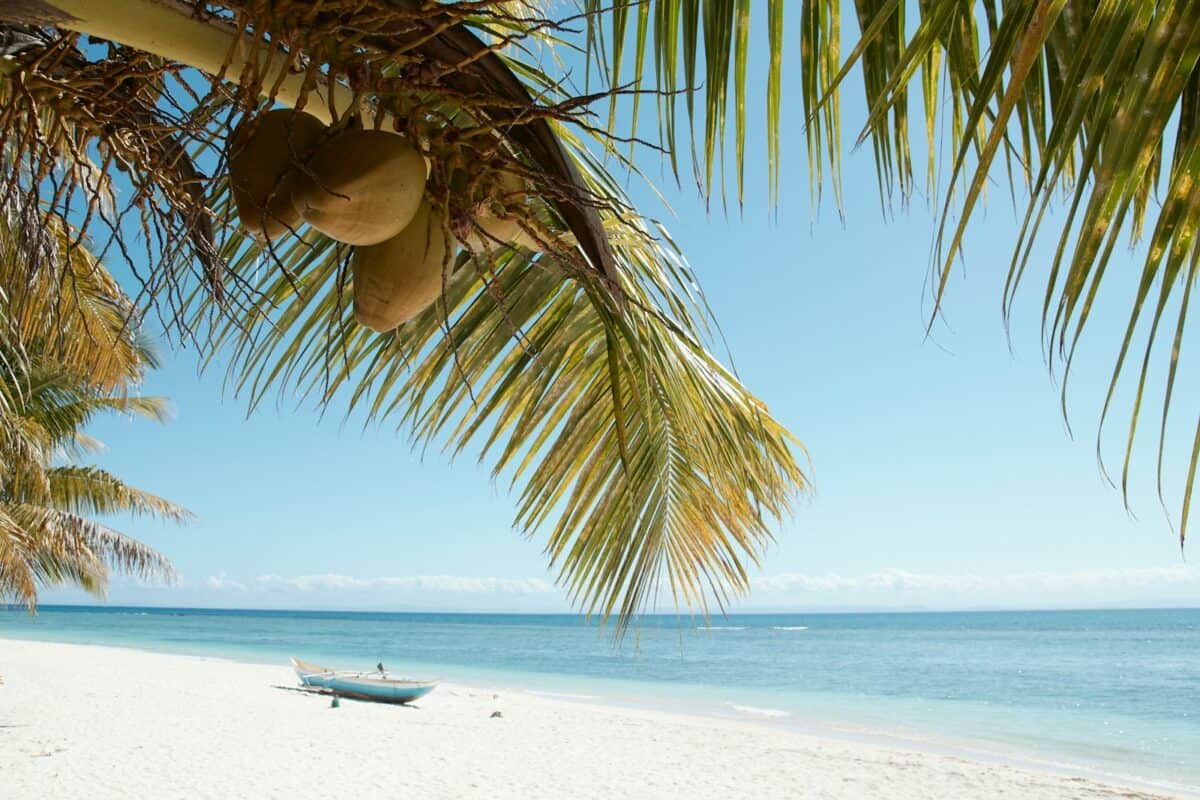
Nosy Tanikely is a small island marine reserve located between Nosy Be and the mainland that offers a unique combination of marine biodiversity and lemur habitat. Though primarily known for its snorkeling and diving opportunities, the island supports a small population of black lemurs that has adapted to the coastal forest environment. These lemurs are well-habituated to visitors and can often be observed while exploring the island’s short forest trail that leads to a historic lighthouse offering panoramic views. The island’s dual appeal of marine life and lemurs makes it an excellent day-trip destination for those based on Nosy Be.
The protected waters surrounding Nosy Tanikely feature coral reefs with abundant tropical fish, creating a distinctive “beach and wildlife” experience unlike other lemur-watching locations. Being a marine reserve, Nosy Tanikely has strict regulations regarding visitor behavior both underwater and on land, helping to preserve this fragile ecosystem. Visits are typically organized through tour operators based on Nosy Be, with morning departures being ideal for both snorkeling conditions and lemur activity. The best visiting period aligns with the general dry season from April to November when seas are calmer and underwater visibility is at its peak.
Best Times to Visit for Lemur Spotting
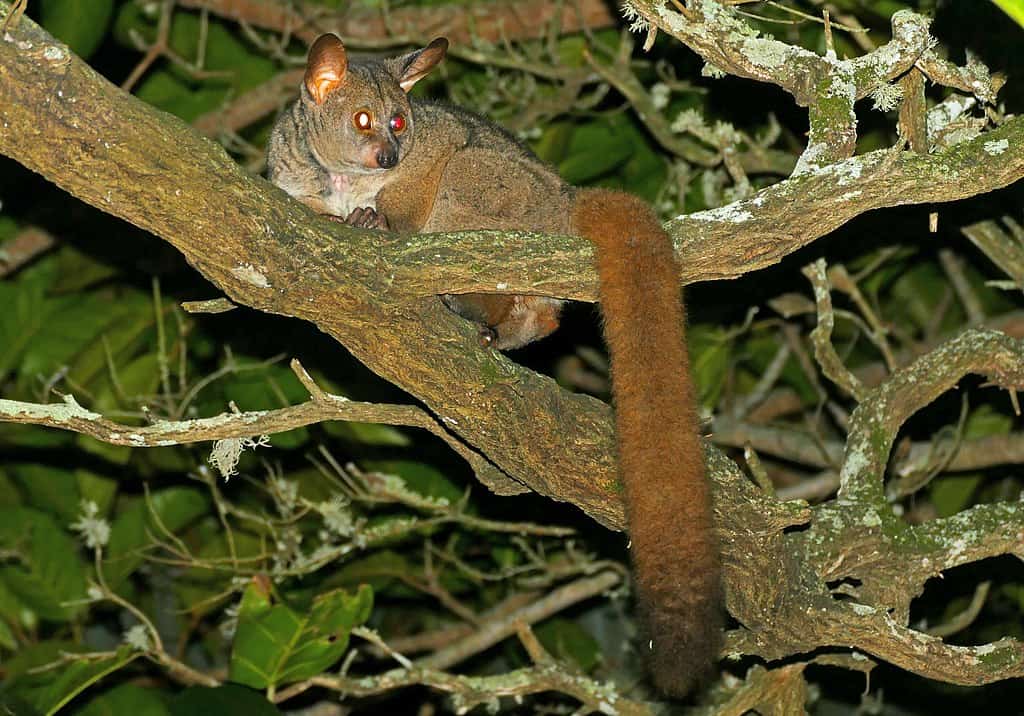
The optimal timing for lemur observation varies by location but generally follows seasonal patterns across Madagascar. The dry season from April to November provides the most comfortable conditions for forest exploration, with reduced rainfall making trails more accessible and forest canopies less dense, improving visibility. October to December represents a particularly active period for many lemur species as this coincides with the breeding season when territorial behaviors and social interactions become more pronounced. For those interested in seeing infant lemurs, planning a visit between December and March can be rewarding, as many species give birth during this period, though travelers should be prepared for heavier rainfall.
Different lemur species also exhibit varying activity patterns throughout the day. Diurnal species like sifakas and ruffed lemurs are most active in the early morning and late afternoon, while nocturnal species such as mouse lemurs and sportive lemurs require guided night walks with flashlights. Climate change has begun affecting traditional seasonal patterns in Madagascar, making it advisable to consult with local conservation organizations or tour operators for the most current information when planning a visit. Each island or reserve may have specific optimal viewing periods based on local conditions and the behavior of resident lemur populations.
Conservation Challenges and Responsible Tourism

Madagascar’s lemurs face numerous threats, with habitat destruction through deforestation being the primary concern. Approximately 90% of Madagascar’s original forest cover has been lost, severely fragmenting lemur populations. Climate change poses additional challenges, particularly for species with specialized diets or habitat requirements. When visiting lemur habitats, responsible tourism practices are essential for minimizing negative impacts. These include maintaining appropriate distances from animals, never feeding wild lemurs (which can alter natural behaviors and diets), staying on designated trails to prevent habitat damage, and supporting accommodations and tour operators with demonstrated commitments to conservation and local communities.
Many legitimate conservation projects welcome visitor participation or donations, providing opportunities to contribute directly to lemur protection. The Association Mitsinjo in Andasibe, Lemur Conservation Foundation, and Madagascar Biodiversity Partnership are reputable organizations with established conservation programs. Responsible travelers should also prioritize experiences that benefit local communities, as sustainable livelihoods for residents near lemur habitats are crucial for long-term conservation success. By choosing certified eco-lodges and guides affiliated with conservation organizations, visitors can ensure their tourism dollars support rather than harm lemur populations and their forest homes.
Practical Tips for Successful Lemur Watching
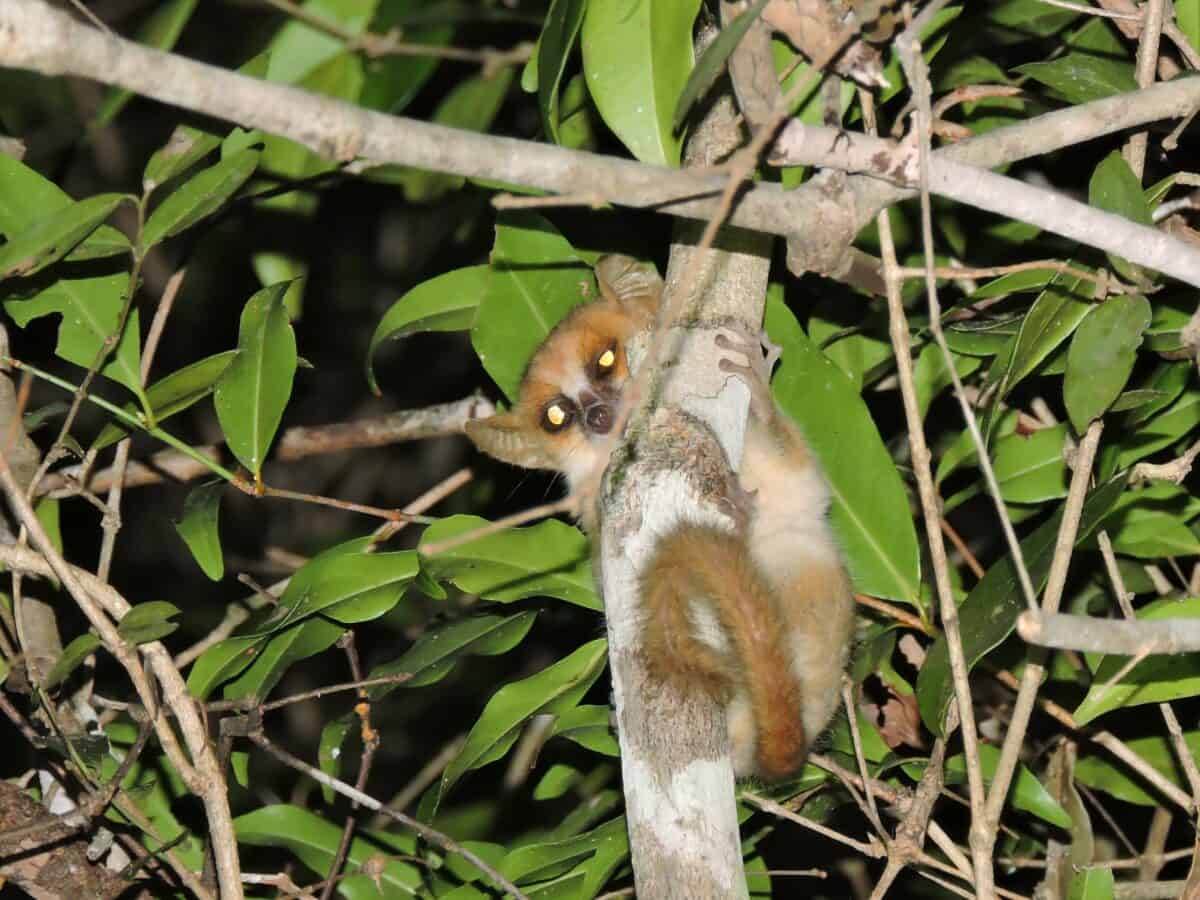
Spotting lemurs in the wild requires preparation and appropriate equipment. Binoculars with magnification between 8×42 and 10×42 are ideal for observing lemurs in the canopy without disturbing them. A camera with a zoom lens (at least 300mm) will help capture memorable encounters while maintaining a respectful distance. Dressing in forest-friendly attire—including long-sleeved shirts and pants in neutral colors, sturdy hiking boots, and rain gear—is essential for comfort and protection. Insect repellent containing DEET helps prevent mosquito bites in these tropical environments, while anti-malarial medication is recommended for most regions of Madagascar.
Hiring knowledgeable local guides significantly increases the chances of successful lemur sightings, as they understand animal movement patterns and can identify species by their calls. These guides also provide valuable cultural context and ensure visitors follow appropriate protocols when encountering wildlife. Patience is perhaps the most important quality for lemur watching, as initial encounters may be brief or distant. Setting realistic expectations is important—while photographs of habituated lemurs may suggest close encounters are common, truly wild lemurs may be more elusive and require time and persistence to observe. Early morning departures (around sunrise) maximize viewing opportunities when most diurnal lemur species are actively feeding and socializing.
Beyond Lemurs: Other Wildlife on Madagascar’s Islands
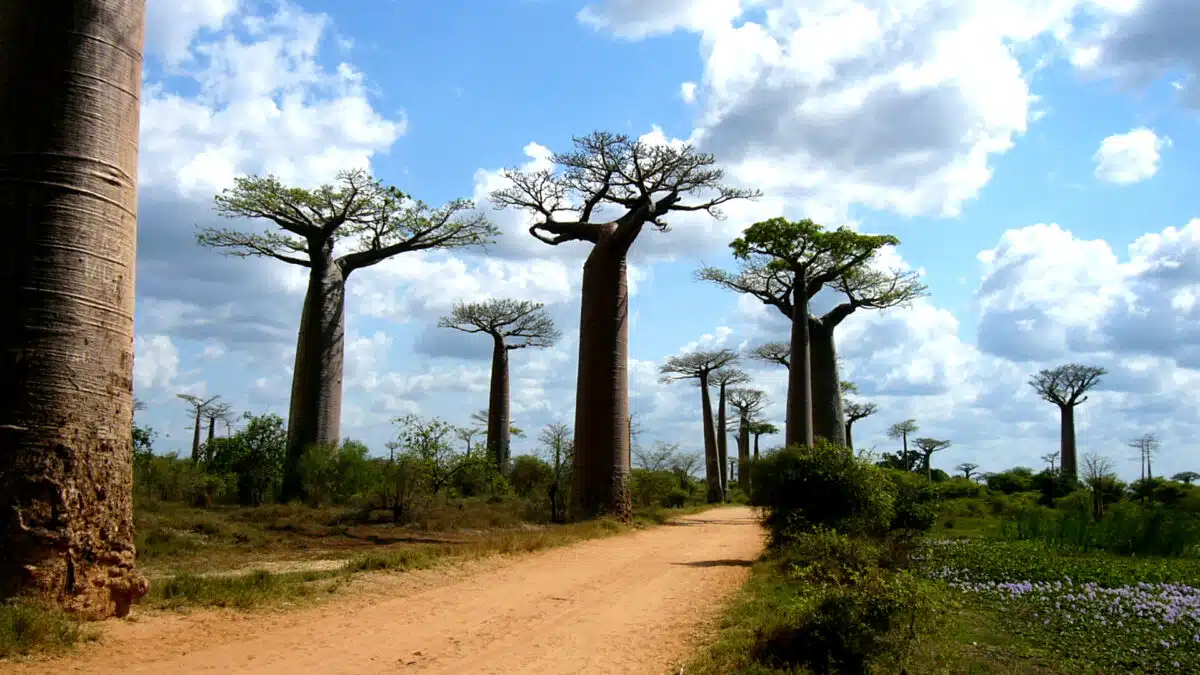
While lemurs are the flagship species of Madagascar, the islands offer opportunities to observe a remarkable range of other endemic wildlife. The chameleons of Madagascar represent about half of all chameleon species worldwide, ranging from the tiny Brookesia micra (one of the world’s smallest reptiles) to the impressive Parson’s chameleon. Geckos display extraordinary adaptations, with the leaf-tailed gecko (Uroplatus) exhibiting some of the most effective camouflage in the animal kingdom. The fossa, Madagascar’s largest predator and a specialized lemur hunter, can occasionally be spotted in protected areas like Kirindy Forest, though it remains elusive.
The island nation hosts over 100 species of endemic birds, including the striking blue coua, Madagascar paradise flycatcher, and ground-rollers found nowhere else on Earth. Marine environments surrounding Madagascar’s islands support incredible biodiversity, with whale sharks, manta rays, sea turtles, and humpback whales (seasonal) frequenting coastal waters, particularly around Nosy Be and Île Sainte-Marie. The island’s unique plant life includes six endemic baobab species, the traveler’s palm, and thousands of orchid varieties, contributing to ecosystems found nowhere else on the planet. For comprehensive wildlife experiences, many visitors combine lemur watching with guided excursions focused on these other fascinating components of Madagascar’s natural heritage.
Conclusion: The Privilege of Encountering Wild Lemurs

Observing lemurs in their natural island habitats ranks among the world’s most special wildlife experiences, providing glimpses into evolutionary processes that have unfolded in isolation for millions of years. Each lemur encounter represents not just a memorable travel experience but an opportunity to witness living examples of Madagascar’s extraordinary biodiversity and the urgent need for its conservation.
As visitors return home with photographs and memories of dancing sifakas, melodious indri calls, or the intense gaze of a nocturnal sportive lemur, they often become ambassadors for these endangered primates, spreading awareness about conservation challenges and the importance of protecting Madagascar’s remaining natural habitats. The future of lemurs ultimately depends on finding sustainable balances between economic development, community needs, and habitat protection—a complex challenge in one of the world’s poorest countries, but one where responsible tourism can play a positive role by providing financial incentives for conservation.
- Best Countries for Spotting Rare Big Cats in the Wild - August 9, 2025
- Jaguars Are the Only Cats That Crush Skulls—Here’s Why - August 9, 2025
- How Sloths Help Support Mini-Ecosystems in Their Fur - August 9, 2025

